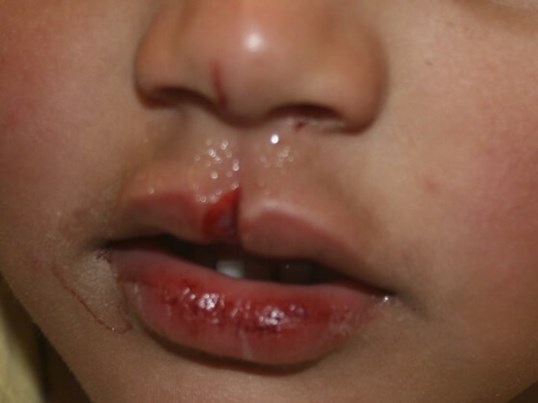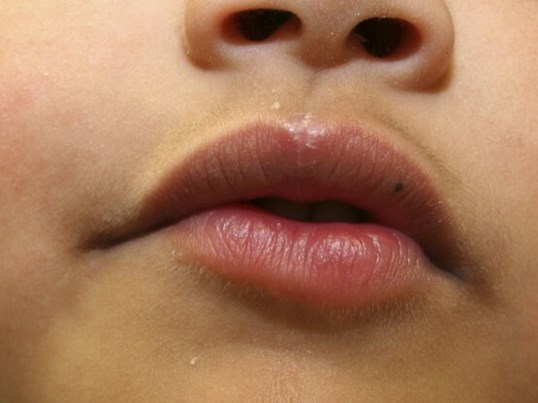Scar Revision Overview
Scar revision treatment by our board-certified plastic surgeon, Dr. Timothy Mountcastle in Ashburn, VA, helps decrease the appearance of an unattractive scar and improve the skin’s condition.
A scar is an endless reminder of the past. It can be located anywhere on the body, come in a variety of shapes and sizes and may be raised or recessed. Some scars can be very unsightly and cause anxiety. This procedure can reduce the appearance of a scar, but it will not make it vanish entirely. It’s important to have realistic expectations.
Scar Revision Surgery Before and After*
See More ResultsTypes of Scars
There are various methods available to treat unsightly scars, but it helps to first understand the different kinds of scars.
Superficial scars are the most subtle type of scars. They do not cause any issue other than an unsightly appearance.
Keloid scars are larger, painful scars, which are often discolored and tend to extend beyond the edges of a wound.
A hypertropic scar does not extend beyond the wound, but it continues to become larger, thicker, and more painful over time.
A contracture scar develops over a larger section of skin creating a tight feel and impairing one’s ability to move. A severe burn is an example of this.
Surgical Technique
Scar revision treatment will be chosen based on the scar’s location, type, size, and overall extent. There are various techniques to consider.
Shave Excision
For scars that are raised, a shave excision may be performed to remove the top of the scar and even-out the surface with the rest of the skin. This creates a smoother, flatter appearance. During the procedure, a surgical shaver is used to slowly shave off the raised portion of the scar. Sutures are not needed in most shave excision cases.
Scar Removal/Modification
This is also a technique used for raised scars. It can be accomplished a couple of different ways. First, is the elliptical removal pattern. This involves removing the scar as well as an edging (ellipse) of skin encompassing the scar so a clean enclosure can be made. The sutures may be placed on the inside or outside of the skin. Sometimes a scar exists because the incision was closed poorly. By reopening the scar and resuturing the skin in a different direction, the new scar can be minimized.
Skin Grafting/Tissue Expansion
Large scars may require a skin graft (skin taken from another area on the body) to close the wound once the scar has been removed. Carefully placed sutures will be used around the graft to close and blend the skin together for healing. If a skin graft will not be used, tissue expansion may be used instead. During this process, a tissue expander will be placed under the skin where the scar resides and filled with a sterile solution. Once the expansion process is complete, the surgeon will stretch and join the edges together and place sutures carefully into the tissue wall.
Injectable Treatments
Scars that are depressed or concave may benefit from a filler material known as injectable derma filler. There are a wide variety of fillers on the cosmetic surgery market that may be considered. Collagen is a common filler used for scar revision. During the procedure, the injectable material will be injected into the skin through a syringe. The surgeon may manipulate the outside of the skin to help shape the surface accordingly.
Surface Treatments
Some scars can be treated with a series of skin rejuvenation treatments, which can soften the surface of the skin, smooth out uneven scarring, reduce uneven pigmentation and lighten the skin where needed. Some scars may even become non-existent because of the skin removal mechanism. Skin surface treatments include laser skin resurfacing, chemical peels, dermabrasion and skin bleaching.
During/After Surgery
All scar revision procedures are performed in an accredited surgical facility. Some procedures will require general anesthesia, but most will only need local anesthesia. Following this procedure, patients will need to adhere to a daily scar treatment regime so the wound site and new scar can heal. It is important to protect this area of skin from sun exposure to avoid any further skin discoloration. While this treatment does not fully eliminate a scar, the visible imperfections are certainly minimized. Most patients feel more confident exposing the section of skin where the unsightly scar once resided.
Financing Available
Financing InfoRequest An Appointment
Contact Us
